The main venue of the exhibition is the Biennale Gardens and the Arsenal industrial complex – former shipbuilding and armory buildings of the 12th century. As the number of participants increases every year, all exhibitions can no longer take place in the original place, so they are scattered all over the city. For example, the pavilions of the countries of Estonia and Lithuania were arranged in churches. The Latvian pavilion, on the other hand, is located in the Arsenal between the Albanian and Icelandic pavilions.
“I’m very happy to be here, I was looking forward to the Biennale this year because indigenous communities are represented. It’s great to see these tribes, communes that have not been shown before on this scale in the art world. My sister and I also saw other pavilions, German and French. The French pavilion also was my favorite, but we’re just at the beginning, we still have a lot to see and explore,” shared Biennale visitor Karen from the United States (USA).
Fernando, a visitor to the Venice Biennale from Brazil, says: “I’ve just arrived, I’m still taking in the sensations, and it’s amazing, it’s a way to free your mind a little bit from what we see every day and start looking at the world in different ways. So it’s pretty cool!”
Javed from Bangladesh says about his visit: “It’s a wonderful opportunity to see the pavilions of different countries. I’m from Bangladesh, I’m planning to go to Latvia this summer and I hope to see your pavilion here in Arsenal. It’s exciting to see artists from different parts of the world – this is the Olympic art, nice place. I had the opportunity to see several pavilions in the Giardini gardens and hear their reactions. It’s a wonderful perspective when people come home after activating their minds.”
Photo: Ottavia Da Re/Sintesi/SIPA, Ottavia Da Re/Sintesi/SIPA
Photo: AP, Luca Bruno
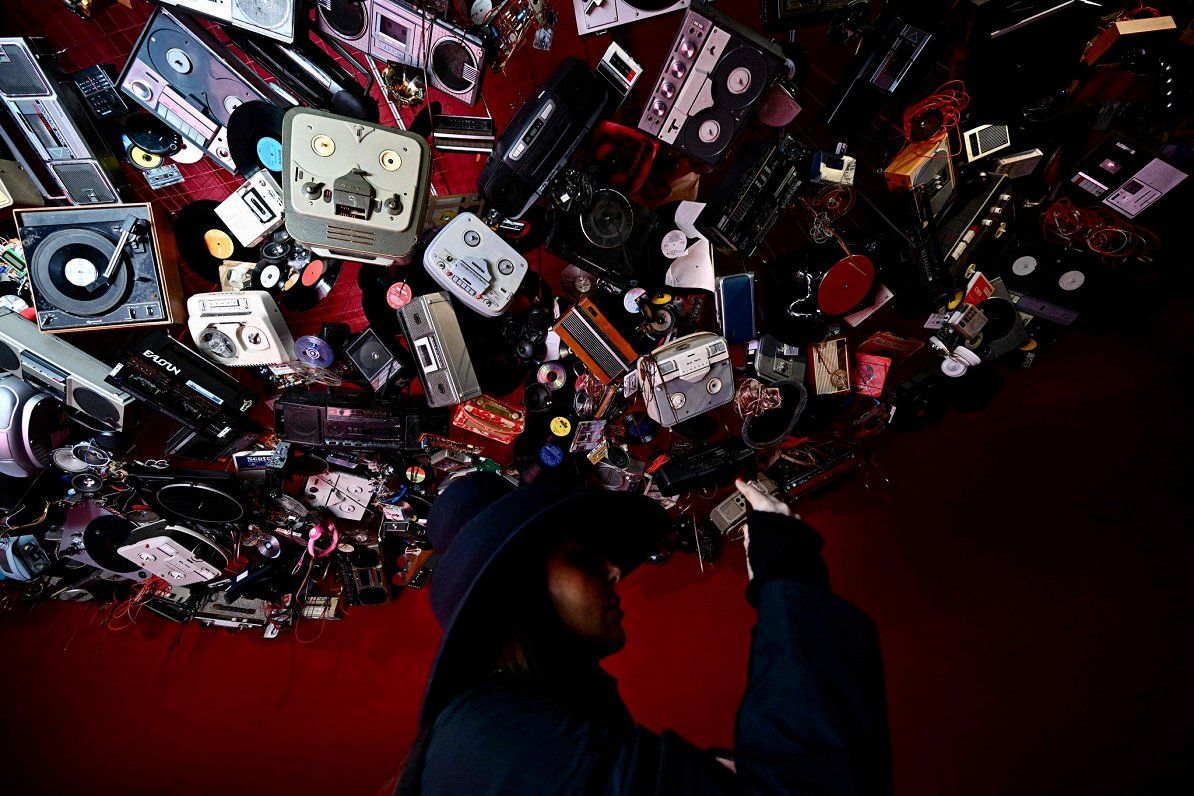
Photo: AFP, GABRIEL BOUYS
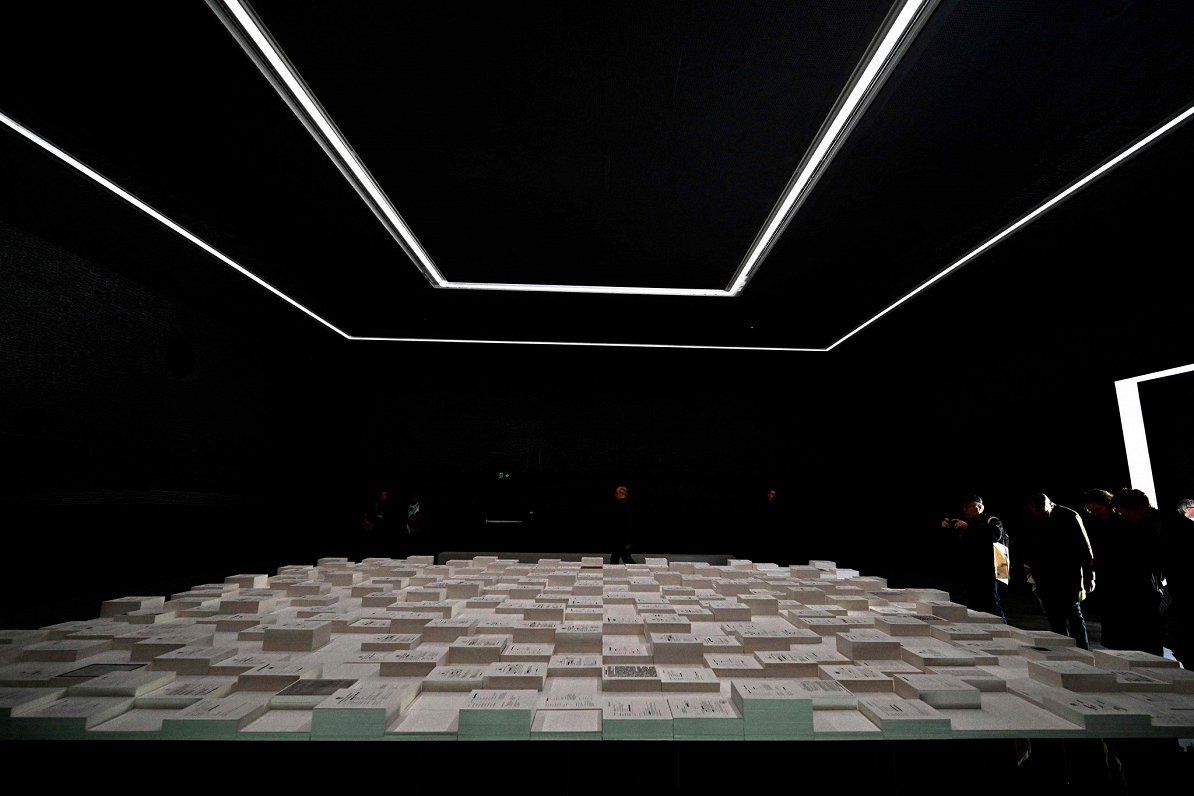
Photo: AFP, GABRIEL BOUYS
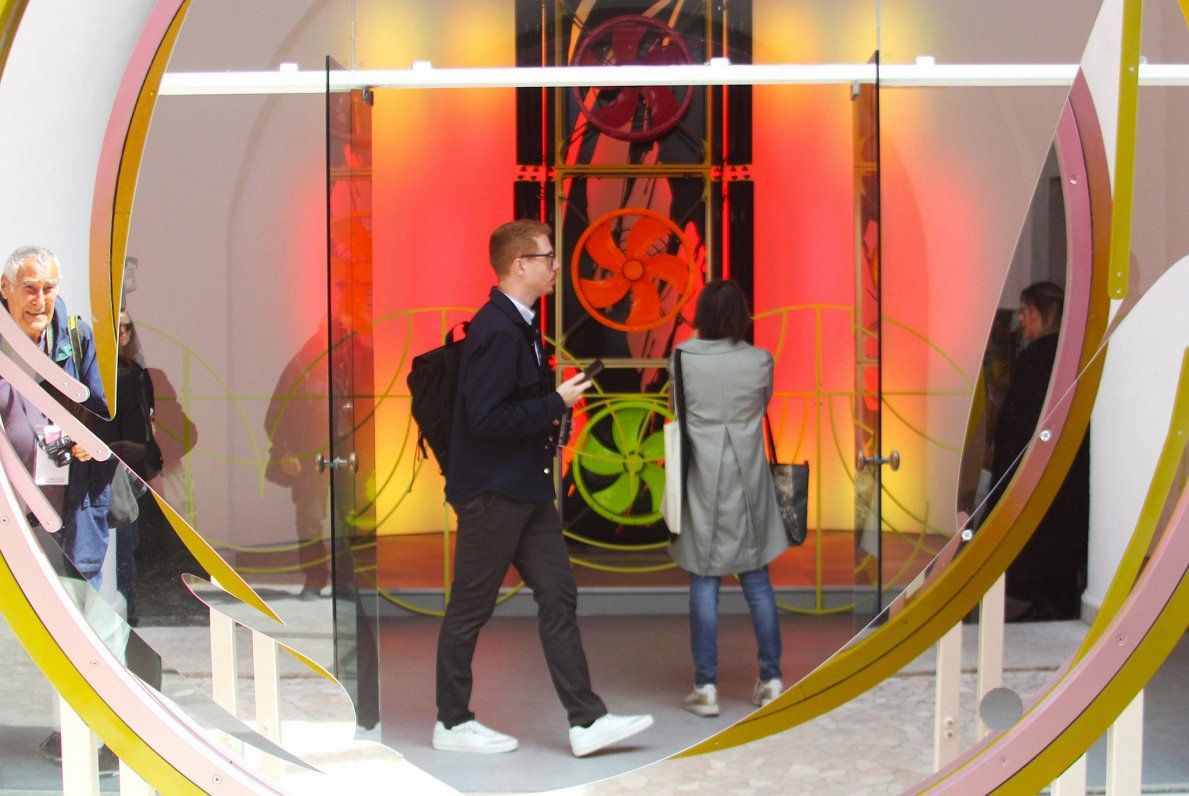
Photo: IMAGO/Manfred Segerer, IMAGO/Manfred Segerer

Photo: ZUMAPRESS.com, Xu Dayou
This year, the curator of the Venice International Art Biennale, the director of the Sao Paulo Art Museum, Adriano Pedroza, has chosen “Strangers Everywhere” as the main theme of the biennale. It has several meanings – wherever you go, you will always meet foreigners, and wherever you are, you will always feel like a foreigner deep inside.
Art scholar and custodian of the Contemporary Art Collection of the Latvian National Art Museum, Astrida Rogule, says about the curator’s choice: “This time, he has highlighted the so-called cultures of the global south, those artists who are not perceived by the world as outstanding, but those artists who these communities, these peoples, these countries are perceived as outstanding. This makes this biennale and the exhibition of the curator of this biennale very special.”
Art scholar and head of the Museum of Decorative Arts and Design Inese Baranovska notes: “The exhibition, specifically the curatorial section, is extremely structured and easy to understand. Of course, his focus is Latin America, but he has brought to light a lot of unknown authors. In fact, the majority of the exhibition is authors , who have never been in the Venice Biennale. There is a lot of painting, art that has already been forgotten – the traditional art of the sixties, the naive art. These are the areas that were not in the main direction of the Biennale. So it is a very specific curatorial orientation and a very strong exhibition. Perhaps more traditional than others, but I appreciate the curator’s consistency.”
Meanwhile, Astrida Rogule adds that she was deeply impressed by the gesture of the Polish state to invite a group of Ukrainian artists: “[Mākslas darbu veido] sad karaoke about the impressions left by the bombing – the very sounds of it. It’s a very emotional job. I also really like the Australian pavilion, where the aborigines are looking for their family tree and who go to the Milky Way, getting for the first time many testimonies of how their ancestors died.”
The Swiss art work evoked positive emotions in the art scientist: “I had a lot of fun in the Swiss pavilion, which showed the artists’ love for Switzerland as a confederate land with such giant kitsch, fun and irony. Of course, the German pavilion left a very deep impression on everyone, but I want to say, that today’s best pavilion in general is the Estonian pavilion, where Edith Karlsson is with her “Wolves of Hora”. happen to us when barbarians conquer civilization.”
Inese Baranovska says about her favorites: “Of the pavilions, yes, there is a British pavilion, a great German one [paviljons]. You can see that art is able to reflect on heavy topics, serious topics very emotionally.
In general, this biennale is emotional, sensitive, also when talking about such queer topics and others. Here, no one wants to oppose, surprise, annoy, it’s more about humanity.
In general, if humanity preserves its humane nature, then maybe the world will be saved and art can lift us up.”
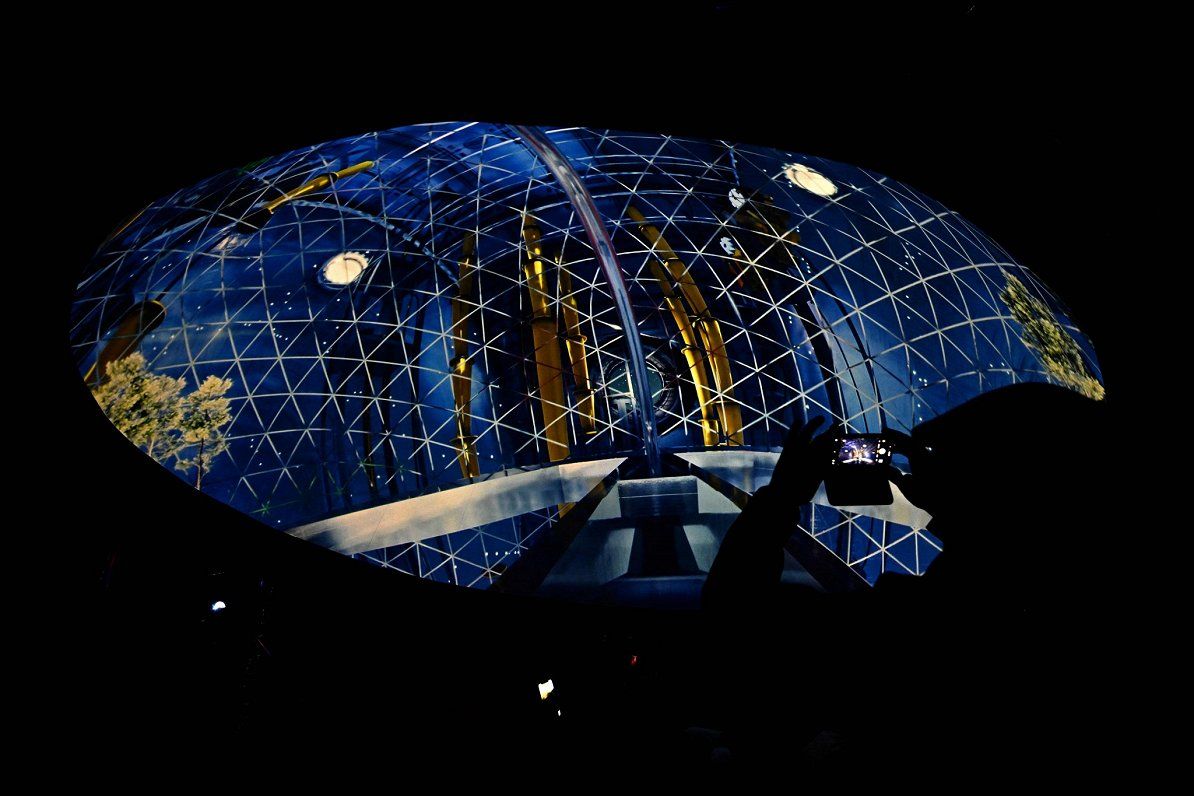
Photo: AFP, GABRIEL BOUYS
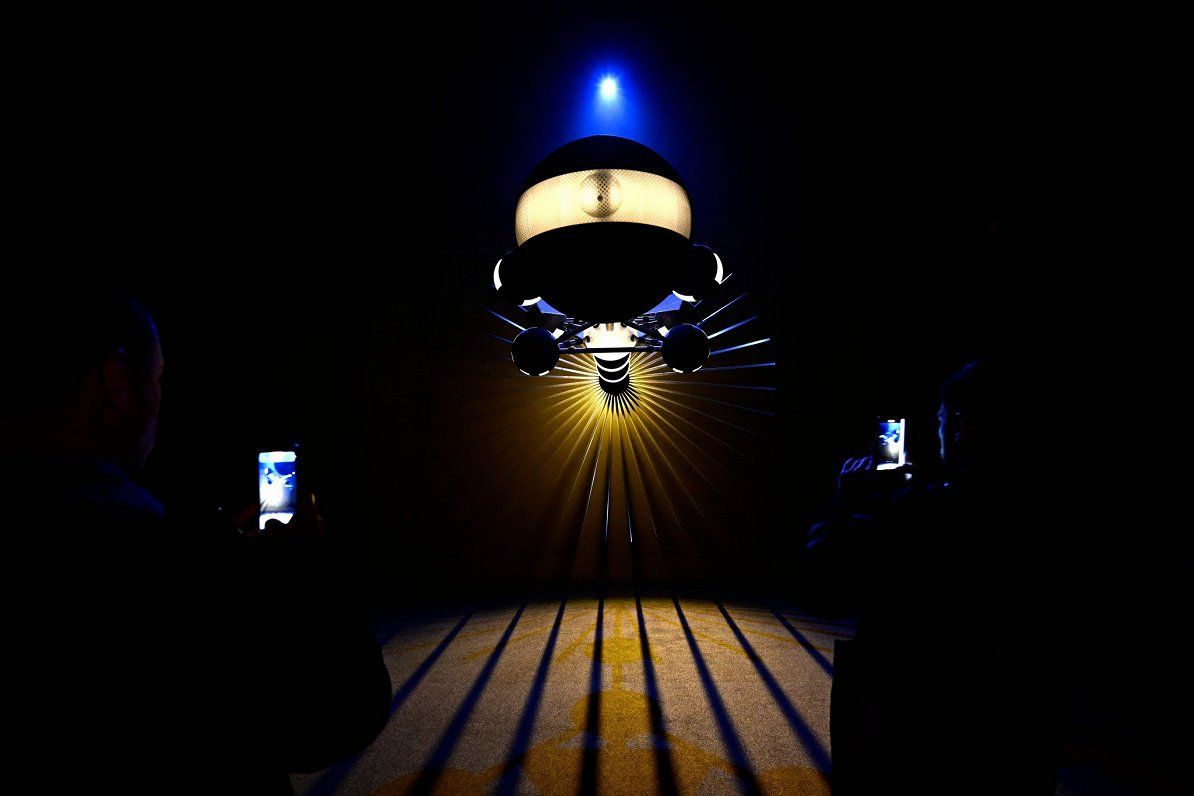
Photo: AFP, GABRIEL BOUYS
Art scholar and vice-rector of the Latvian Academy of Arts, Antra Priede, says about her impressions: “At the moment, the most lasting physical and intellectual experience has been visiting the German pavilion and also experiencing this performance, which heralds a rather apocalyptic scenario. However, at the same time, the curators and artists have chosen to raise some spark of hope if we follow the indication of how this pavilion should be viewed.However, yesterday, experiencing this performance, a very strong, thrilling feeling remained, especially after visiting the group of Ukrainian artists “Open”, which are currently exhibited in the Polish pavilion. “
Latvia’s participation in the Venice Art Biennale began in 1999. Last time, our country was brightly represented by the ceramicist duo Skuja Braden and the exhibition was organized by the Contemporary Art Center of Latvia. This year it is organized by the cultural events agency “Indie”, which exhibits the sculptural paintings of artist Amanda Ziemele in the Latvian pavilion. The title of the exhibition uses lines from William Shakespeare’s play “Hamlet”, which can be found in Edwin Abbott’s short story “Plakanzeme. A fictional story in several dimensions.”
Latvian Minister of Culture Agnese Logina (“Progressives”) says about the participation: “It is really a very important event – both locally and internationally, because participation in such events allows you to talk about Latvia and allows Latvia’s voice to be heard at the international level, which in today’s global competition conditions is increasingly important. From what I’ve seen, Amanda Ziemele’s works stand out and fit into the overall exhibition, and her works are really eye-catching and unusual. These huge environmental objects are eye-catching, and that’s something that’s fresh, refreshing, surprising and not immediately understandable. That’s what makes people come back and think.”
The Venice Art Biennale is associated with many, many visitors and even more with artistic ideas. This means that it requires time, immersion, interest. It is definitely worth spending several days in Venice.
The 60th international art exhibition of the Venice Biennale awaits visitors until November 24.
Tags: Collection impressions captured #60th Venice International Art Biennale Article
-












